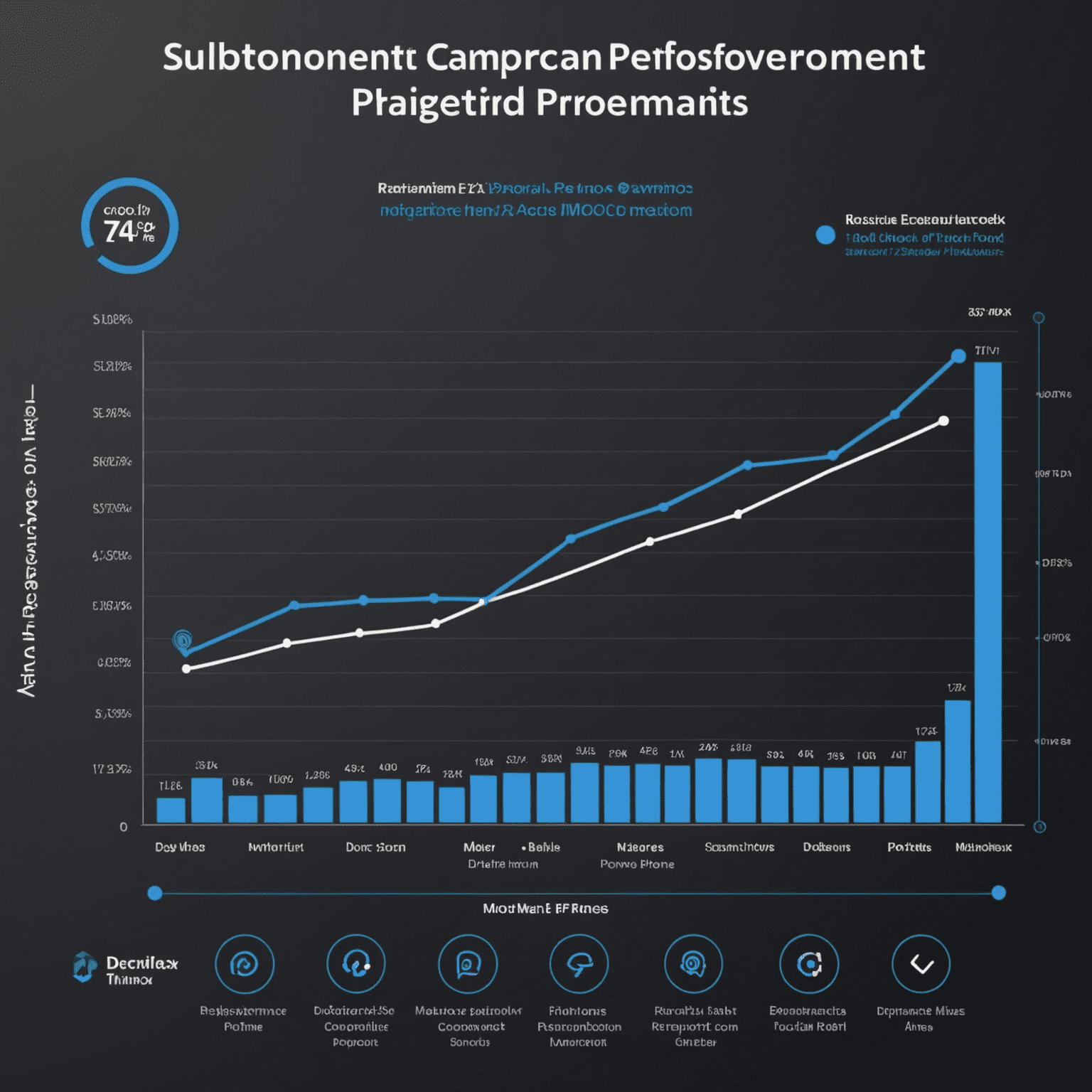Case Study: Migrating a Legacy Data Center to Proxmox VE
In this real-world example, we'll explore how a mid-sized enterprise successfully converted their aging physical infrastructure to a modern Proxmox Virtual Environment. We'll dive into the challenges faced, lessons learned, and the impressive performance gains achieved through this P2V (Physical to Virtual) migration.

The Initial Scenario
Our client, a financial services company, was struggling with an outdated data center consisting of over 100 physical servers. The infrastructure was a mix of aging hardware, causing reliability issues and skyrocketing maintenance costs. The company's IT team recognized the need for a modern, scalable solution that would future-proof their operations.
Why Proxmox VE?
After evaluating several virtualization platforms, the team chose Proxmox VE for its robust feature set, cost-effectiveness, and strong community support. The open-source nature of Proxmox aligned well with the company's long-term strategy for reducing vendor lock-in.
The Migration Process
The P2V conversion was carried out in phases:
- Assessment and Planning: Detailed inventory of existing hardware and applications.
- Test Environment: Setting up a Proxmox VE cluster for initial testing and proof of concept.
- P2V Conversion: Using a combination of Clonezilla for disk imaging and custom scripts for automating the conversion process.
- Validation and Optimization: Rigorous testing of converted VMs and fine-tuning for performance.
- Production Migration: Phased migration of production workloads with minimal downtime.
Challenges Encountered
The team faced several hurdles during the migration:
- Legacy applications with direct hardware dependencies
- Data integrity concerns during large dataset migrations
- Network reconfiguration to support the new virtual infrastructure
- Staff training on Proxmox VE management and best practices
Lessons Learned
Key takeaways from this migration project include:
- Importance of thorough pre-migration testing and validation
- Value of automated conversion tools in reducing human error
- Need for a robust rollback plan for each phase of the migration
- Benefits of involving application owners early in the process
Performance Comparisons
The results of the migration were impressive:
- 50% reduction in overall power consumption
- 75% decrease in physical rack space utilization
- 30% improvement in application response times
- 99.99% uptime achieved post-migration

Conclusion
This case study demonstrates the transformative power of P2V conversion and the capabilities of Proxmox VE in modernizing legacy infrastructure. By leveraging virtualization technology, the company not only solved its immediate challenges but also positioned itself for future growth and technological advancements.
As we look towards 2025 and beyond, the ability to efficiently convert physical servers to virtual environments remains a critical skill for IT professionals. This migration showcases how the right tools, planning, and execution can lead to a successful transition to a more flexible, efficient, and future-ready computing infrastructure.